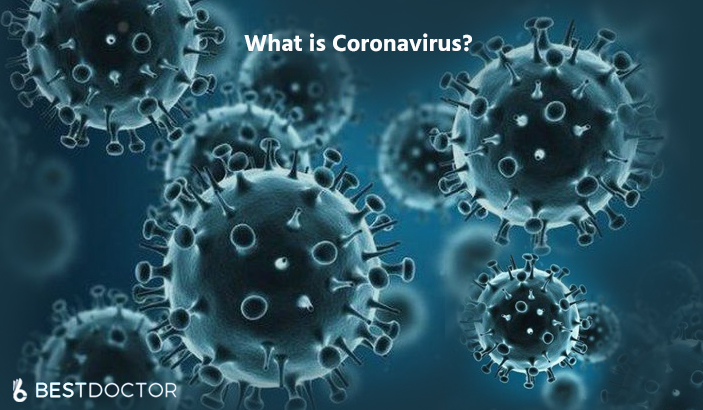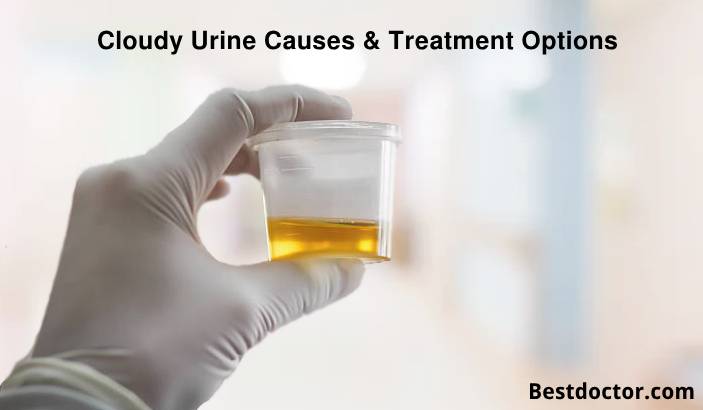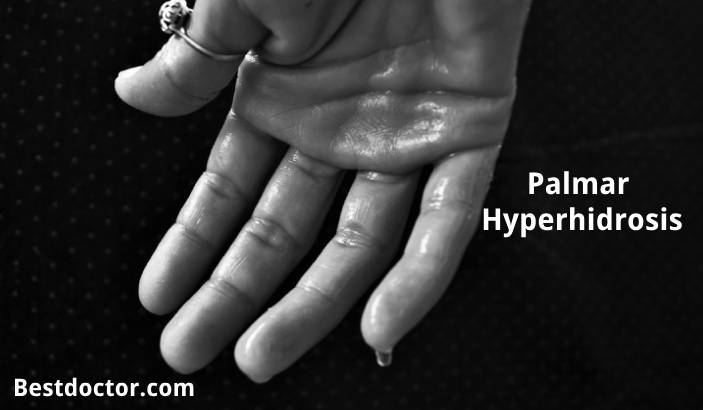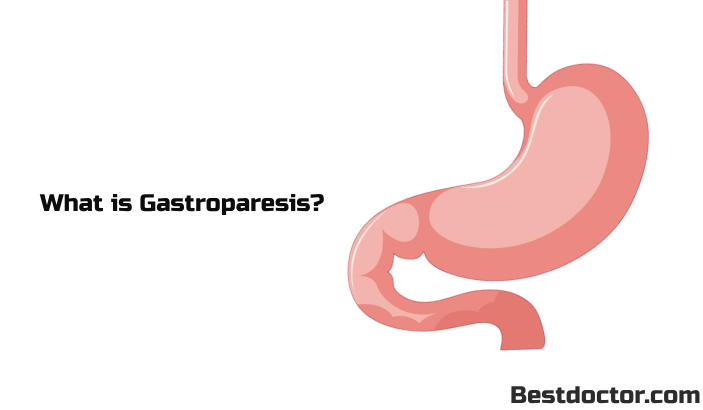With the outbreak of the new coronavirus epidemic, there is a lot being said and discussed about the onset, signs and symptoms and methods to prevent the spread of the virus.
This article on coronavirus, its signs and symptoms, diagnosis and treatment is an attempt to raise awareness among the general population about the virus and also to get rid of the scare that is accompanying this epidemic.
What Is Coronavirus?
In December 2019, several cases of pneumonia of unknown etiology were reported in Wuhan, China. These cases were patients who stayed around or worked at the local animal and seafood market at Huanan. In these patients, following pneumonia, severe acute respiratory symptoms, respiratory distress and respiratory failure was observed.
On 7 January 2020, a new corona virus was identified by the Chinese Center for Disease Control and Prevention (CDC). This virus was named 2019 n-CoV by the World Health Organization (WHO) and was declared an epidemic.
Who Is Affected?
The human coronavirus is one of the major pathogens of the respiratory tract. Rate of transmission of the corona virus is presently unknown; human to human spread of infection is documented in several cases.
The virus tends to affect males more than females. This gender disparity is seen probably due to protective role of X-chromosome and sex hormones in females which provide innate and adaptive immunity.
Half of the patients who were reported with coronavirus infection had some chronic major underlying disease like hypertension, diabetes mellitus type-II, cardiovascular or cerebro-vascular illness.
Likewise, the following groups of individuals are more likely to be infected with coronavirus;
- Males having chronic underlying diseases as mentioned above
- Patients with a history of cigarette smoking
- Children and neonates as they are likely to catch infections due to a slowly developing immune system
- Elderly patients
- Those with a weakened immune system due to illnesses like Acquired Immuno-deficiency syndrome (AIDS)
- Patients with auto-immune illnesses like SLE or those who have been on immune-suppressive drugs for long durations
- Patients under chemotherapy.
Signs And Symptoms Of Coronavirus
Clinical features of corona virus as observed in several patients are given below. Patients may report with one or more than one sign or symptom out the following;
- Fever
- Respiratory symptoms like cough and shortness of breath
- Muscle aches
- Disorientation or confusion
- Soreness of throat
- Headache
- Watery nasal discharge
- Chest pain
- Gastro-intestinal symptoms like nausea and vomiting, diarrhea
Rapidly progressing infection or a severe infection of the corona virus can lead to co-morbid conditions such as;
- Acute respiratory distress syndrome (ARDS)
- Acute renal failure
- Acute respiratory failure
- Septic shock
- Ventilator-associated pneumonia
Multiple organ failure usually develops among patients in whom the pace of disease is rapidly progressive.
Diagnosis Of Coronavirus
Cases of coronavirus infection can be diagnosed clinically based upon the presenting signs and symptoms.
Yet, a set of blood investigations and radiological examinations are done according to the requirement of each individual case to arrive at a definitive diagnosis and confirm the presence of coronavirus infection.
- Chest x-ray – To evaluate involvement of lungs and airways
- Blood Investigation – To assess the following;
- Hemodynamic status of the patient as regards hemoglobin, white blood cells and platelets.
- Liver function test
- Kidney function test
- Infection indices like procalcitonin, erythrocyte sedimentation rate (ESR) and C-reactive protein
Blood profile of patients with coronavirus shows reduced lymphocyte count which suggests that the virus tends to damage lymphocytes, particularly T-lymphocytes leading to rapid progress and also exacerbations of the illness.
The tendency of corona virus to damage lymphocytes also suggests that total value of absolute lymphocytes can be used as a diagnostic factor or a reference index to detect new cases of coronavirus in clinical practice.
Treatment Of Coronavirus
There is no specific anti-viral treatment for the new coronavirus. Management of the infection is symptomatic and essentially supportive.
- First and foremost, the patient is kept in isolation to prevent the spread of infection. Nursing staff and doctors are strictly advised to use protective measures like cap, mask and gloves while assessing or treating the patient.
- Anti-viral medications are begun intravenously for a period of 3-14 days.
- Antibiotics are also given as a prophylactic measure to prevent secondary bacterial infections for a period of 3-17 days.
- Some patients may also receive a combined treatment with anti-viral and antibiotic medications.
- Since the infection tends to have rapid progress, patients may also require supportive steroidal medications like dexamethasone and methylprednisolone for as short duration as possible.
- Use of intravenous immunoglobulins is also practiced to enhance the patients’ immunity to fight infection.
- Patients with mild to moderate respiratory symptoms may require non-invasive ventilation
- Patients with more severe symptoms of respiratory distress or apparent cardio-respiratory failure require invasive ventilation.
How To Prevent Coronavirus?
Corona virus can spread from person to person via droplet infection, that is, when a healthy person comes in direct contact with an infected person or through respiratory droplets emitted through the nose and throat when an infected person coughs or sneezes.
Some tips to avoid spread of infection or ways to avoid contracting corona virus include;
- Avoid any direct or close contact with a person suspected to have coronavirus infection.
- Wash hands soon after you come in contact with an infected person.
- Wash hands frequently throughout the day to avoid infection through contaminated objects such as tables, door handles, etc.
- Avoid sharing food, drinks or clothing with a person suspected to be infected with coronavirus.
- Avoid unprotected contact with farm animals or wild animals.
- Avoid touching your nose or mouth with contaminated hands.
- Use a mask while stepping out especially if you are residing in a high risk area.
- A person who has travelled to places where coronavirus is epidemic recently, must visit their doctor for consultation and check up if they are suspecting signs and symptoms of coronavirus infection.
Dr. Himanshi is a Homoeopathic consultant and currently working as a lecturer in Post-graduate faculty of Homeopathy, Parul University, Vadodara. Completed BHMS and MD in Homeopathy in January 2018 and also has a clinical experience of about 6 years. Personal interests include reading, spending time with family and traveling.








Enhancing Your Career Opportunities with Improved Vision from LASIK Surgery in Manhattan
What Does Cloudy Urine Mean in Females and Males?
Palmar Hyperhidrosis: Understanding Causes, Symptoms, and Treatment
16 Warning Signs You Need to Go See Your Doctor As Early As Possible